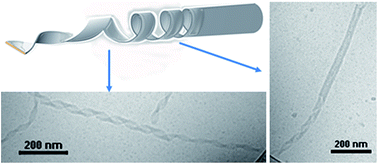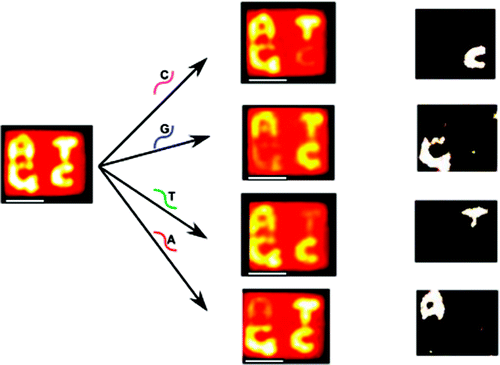

2015
Dr. Katherine Dunn from the University of York discovers the DNA strands influence each other during the assembly of DNA Origami. Her data also demonstrates how minor modifications could be used to significantly change how the nanostructure forms which means scientists can have more control over the formation of the assembly.


2006
Paul Rothemund develops the DNA Origami method for DNA nanotechnology. He created the first 2 dimensional DNA Origami structure.
2000
2009
Shawn Douglas, a member of the Wyss Institiute at Harvard University creates the first 3 dimensional structure. The Wyss Institute also discovers how DNA Origami can be used as drug delivery applications.

2014
Researchers from North Carolina State University, Duke University and the University of Copenhagen have created the world’s largest DNA origami structure that consists of 51,466 bases and measuring approximately 200 nm by 300 nm. They have completed this by developing a custom scaffold strand and using a converted inkjet printer to synthesize it onto a plastic chip.

2010
2015
Nanotubes are created using the self-assembly of single stranded DNA amphiphiles.

2011
DNA origami and kinetic methods are combined to detect single nucleotide polymorphisms (SNPs), which are the most common genetic variation in humans, by producing a direct visual readout of the target nucleotide. This is the first example of DNA origami used as a diagnostic instrument.
2015
A DNA-based molecular machine that is contructed from two DNA origami tiles is demstrated in which two tiles are connected to create a track where a bipedal DNA walker travels back and forth with an operational yield. This demonstration shows the practicability of dynamic DNA molecular machines that are made of more than a single origami building block.
1991

Nadrian Seeman was the first to lay down the conceptual foundation of DNA nanotechnology. He wanted to create a 3D DNA lattice for aligning other large molecules, which led to the beginning of DNA nanotechnology.
In 1991, his laboratory created the first synthetic three-dimensional nucleic acid nanostructure, which was a cube made out of DNA.
Nadrian Seeman collaborates with Erik Winfree to create 2D double crossover tile-based structures, which had the cabability to apply DNA computing.
1998

1999
Nadrian Seeman creates the first DNA machine
1990
2016
Philip Ketterer and Elena Willner collaborated with Professor Hendrik Dietz to build a rotory mechanism using DNA origami. Dietz also worked with Jonas Funke to create a "hinged machine on a scale suitable for manipulating individual molecules with atomic precision".


Rotor mechanism
Molecular manipulator
2016
Researchers at Ohio Sate University successfully used DNA Origami as a drug delivery to kill leukaemia cells. These cells are killed within 15 hours of consumption of DNA Origami capsules.


